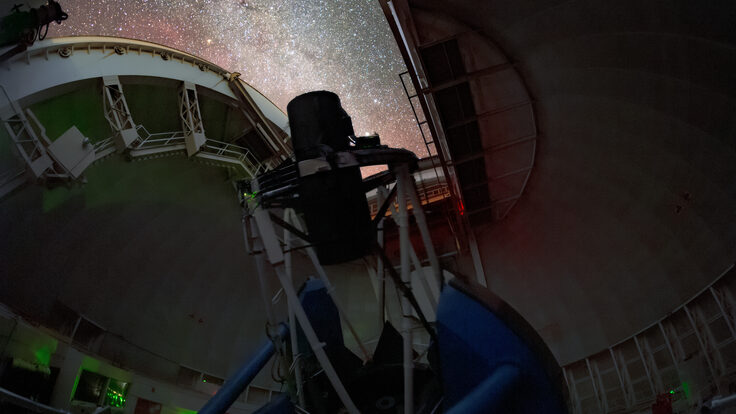Penguins and particles
‘Tis the season for science at the bottom of the Earth. Researchers are flying to the South Pole from all over the globe to take advantage of the “ warm” summer months, when temperatures average minus 35 degrees Fahrenheit.
This year, San Francisco’s Exploratorium brings their tales of science to the Internet with Ice Stories, a series of Webcasts highlighting Antarctic research. Among the tuxedoed birds and climatologists, particle physicists are building a neutrino detector called IceCube.
“Neutrino telescopes are weird; they’re not what most people think of as telescopes,” says Mary Miller, Ice Stories project director. “It’s almost mysterious and magical.”
Viewers can join the dozens of workers using hot water to drill through 2.45 kilometers of ice to place sensors in an array that will fill one cubic kilometer. The sensors detect the blue flashes generated when neutrinos collide with ice molecules. The South Pole is the prime location for the instrument because of the vast depths of pure ice.
Neutrinos may fly in from sources such as supernova explosions and black holes, and scientists plan to match neutrinos with their origins to better understand extra-galactic events. But project leader Francis Halzen, a physics professor at the University of Wisconsin, Madison, says other applications are possible and it’s too early to know exactly how IceCube will contribute to science.
“We will build it; we will see what will come,” he says. “Hopefully it’s exciting.”
Tune in to www.exploratorium.edu/icestories for archived Webcasts about IceCube and the rest of the science at the coldest place on Earth.
Amber Dance
Click here to download the pdf version of this article.






